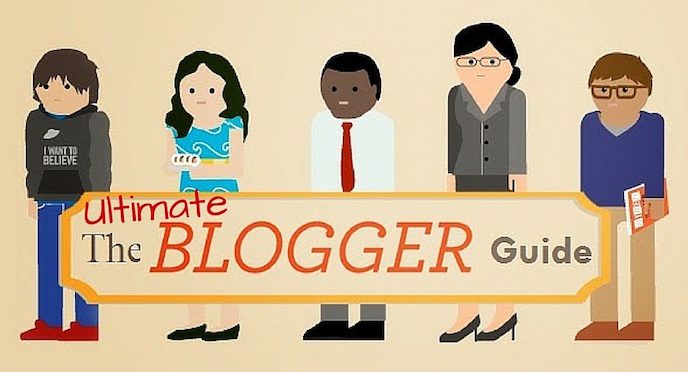Design is very important as it directly influences the way which people interact with your blog. The appearance of your website has a direct effective on several metrics like bounce rate, user engagement, conversions, credibility etc. For example, if you arrive on a website which doesn’t make you feel comfortable a majority of times you’ll leave within seconds. This is why you have to keep certain things in mind when designing your website so you can increase engagement and overall growth. Here’s a quick definition of “theme†and what it is.
“The theme determines the overall appearance and layout of the site, the color scheme, the fonts, and the style – in fact, the whole overall look and feel of the site. Think of it as a ‘skin’.â€
There is some good news. Many blogging platforms make it very easy to install and customize your theme. Not to mention, if you have a little money to spend you can hire someone to customize your website. The days of investing large money on website develop are long gone. However, personally it’s so simple that you’ll probably end up taking care of the design elements yourself. I’ve been using WordPress for all my website designs and when you first install the platform it will come equipped with a default theme. WordPress makes it easy for you to install a theme which can be done under the “Appearance†tab then “Themesâ€. Here are a few things which will help guide you along the way.

Create a Blueprint
Before starting to design your website do some research visiting other popular blogs gathering ideas for yourself. Doing research before starting is a great habit for anything you do because it puts things into perspective going forward. I create an outline when designing websites, writing content or even during keyword research. When designing your website on a piece of paper sketch out how you’ll like your website to look and add color so you’ll have a better perspective on things. While doing research add & remove elements along the way until you create a design which represents your brand well.
Once you’ve created your final design ask for feedback by sending it to your friends and family. Getting feedback will help you capture important elements you missed out on your own. Here are some common elements seen on popular blogs which you should consider.
- Header should be at the top. Add an image if it represents your brand or leave it a common color. You can remove the header if you don’t require it in your design.
- Add logo at the top since people look there first and it’s an awesome way to build brand awareness.
- Add text for a slogan or add text below logo
- Navigation bar should be at the top and horizontal. Very important and common among popular bloggers.
- Content title should be at the top and use H1 attribute.
- Within CSS setup the following H2 and H3
- The footer should be towards the bottom. Add widgets creating a slider to showcase your products (example: JohnChow.com)
The Color
This is NOT that difficult as many times you’ll follow your brand and/or logo. This is why it’s important to design a logo before getting started so you can base your color scheme around your logo. When choosing colors for your website keep the visitors in mind and choose a scheme which is attractive while being easy on the eyes. The colors you implement on your website are important to build credible because people don’t trust a poorly designed website. For example, think about when you shop online and what matters to you to build trust. Apply those same elements to your website. Here are some pointers to follow.
- Do your research and visit other blogs to get color ideas
- Use light colors
- Make sure colors match with your logo
- Use colors which represent your brand and builds awareness.
Additional Pointers
When designing your website avoid the unnecessary and ONLY apply what matters. The navigation should be clear and to the point including items which you need on them. Don’t forget to include a home, about us and contact us menu button. If you are an ecommerce website a privacy policy and terms & conditions is very important since it outlines how the shopper’s information is protected on your website. Use sharp high quality images on your website and place them strategically. You don’t want your visitor feeling cluttered because this will hurt your credibility and they’ll leave to a competitors website.
- Design every page as a landing page so you focus on converting your visitor
- Choose font’s easy to read making
- Keep devices in mind so you design a website compatible for tablets and mobile phones
- Keep monitor resolution in mind so you design a website flexible.
- Loading time is very important so avoid adding elements which will slow your website down
- Make use of WordPress plugins which increase usability of your website (image compression, minify and social)
